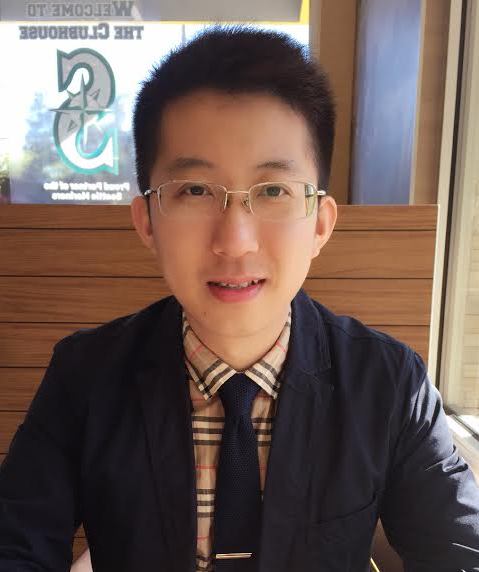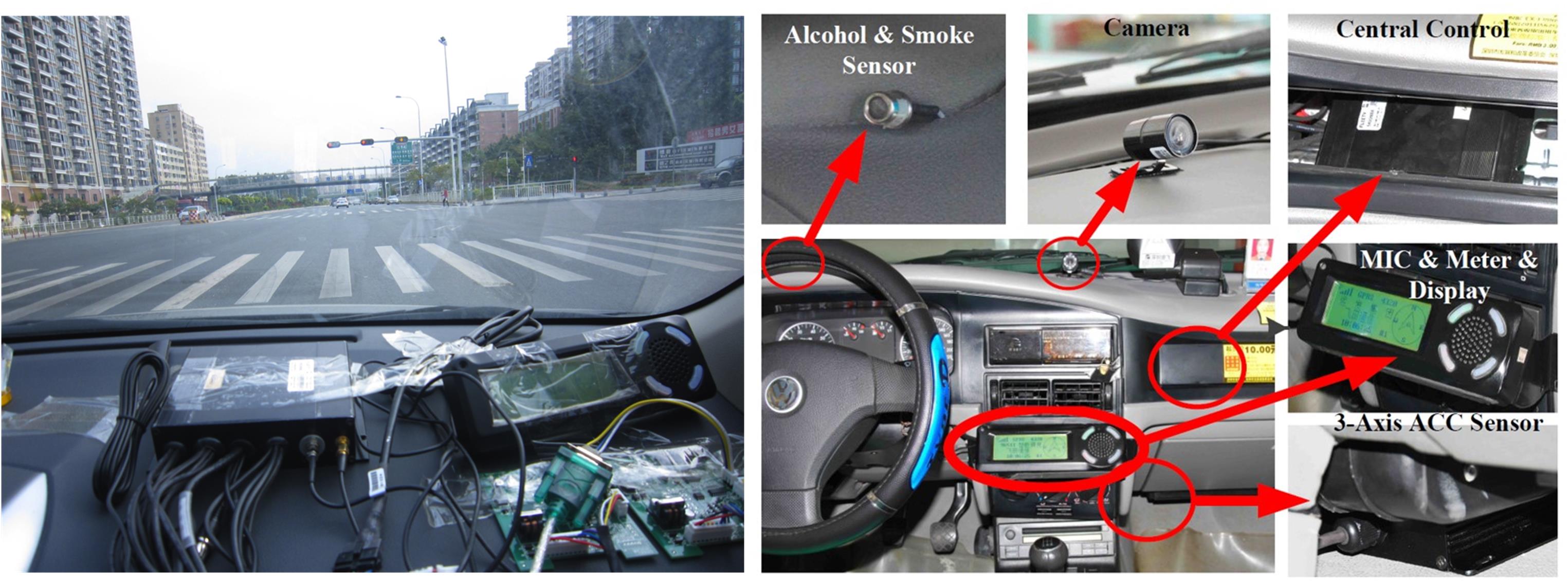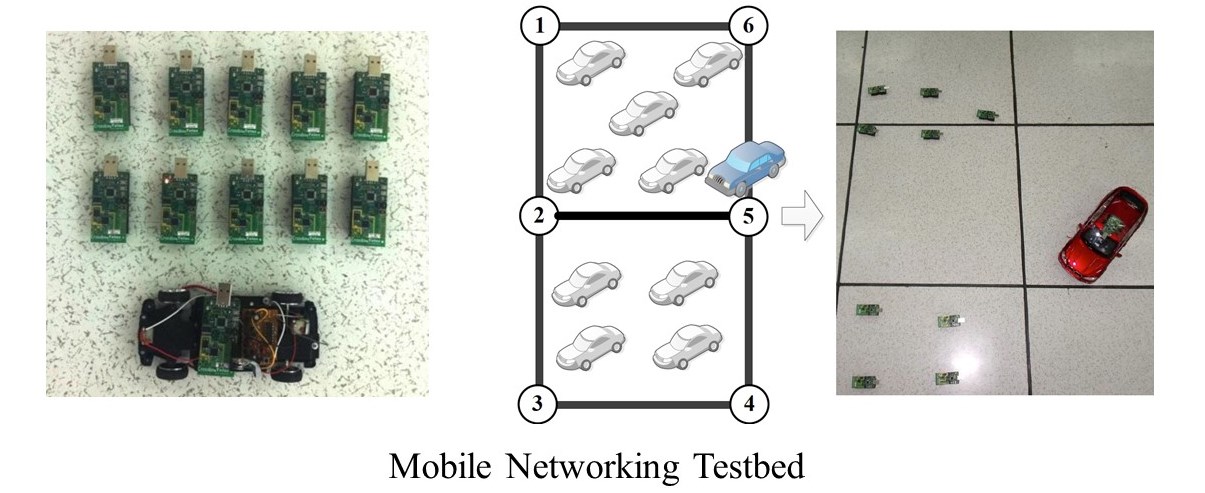 |
Rutgers University (848) 445-8307 dz220 AT cs.rutgers.edu |
 |
Real-world Impact

|
New York City Transit SystemWe have initiated a collaboration with Transit App, which works with 112 metropolitan areas and improves almost 2 billion trips with an integrated transit service, e.g., bus arrival prediction and trip planning including Uber, car2go, and bikeshare. We aim to use taxi, bus and subway network data along with trip plan data to model human mobility for New York City from a multi-modality perspective. Different from existing human mobility modeling based on single modalities, this multi-modality approach has a potential to address the overfitting challenge, and provides more accurate analyses. Based on this multi-modality human mobility model, several services, such as real-time ridesharing, can be designed to improve the efficiency of urban transportation in New York City. |

|
Washington D.C. Bikeshare NetworkWe have initiated a collaboration with Department of Transportation in Washington D.C. to improve the efficiency of Capital Bikeshare Network. In particular, we aim to design an efficient bike rebalancing algorithm for rebalancing trucks. In this DC station map, the bigger the dots, the higher the demand dynamics. In a time slot, some stations do not have any bikes, while some stations do not have any docks. This rebalancing algorithm is challenging because passenger demand is dynamic and data we have are incomplete. Thus, we aim to propose uncertain demand and supply models for D.C. Bikeshare Network, and then apply a model predictive control to optimize the rebalancing process by minimizing rebalancing costs and supply/demand mismatch. |
 |
Dalls Taxi SystemWe have been contacted by a startup company in Dallas, Texas for potential commercialization of our ridesharing service in Dallas taxi systems. The key challenge we have here is a small scale of taxi systems in Dallas compared to big cities such as New York Cities and Shenzhen with tens of thousands of taxis, which makes it very hard to share rides. We are designing a proactive cruising solution based on real-time information from taxi status to increase the chance of ridesharing, along with historical and real-time passenger demand. The App used in the service is given on the left, and we can use it to find nearby taxis, check rates, and book trips. |
|
|
Shenzhen Bus NetworkWe have been working with SIAT to design and implement a bus arrival prediction app for Shenzhen. The preliminary version of app has been used by more than 100,000 users and their request counts as given in the figure. But the key challenge we have for this service is that Bus GPS data are uncertain, e.g., they are incomplete, untimely, and inconsistent with metadata. Thus, we propose a solution to integrate multi-source data from nearby taxis and smartcards to increase the accuracy of bus arrival prediciton. In particular, we aim to design a data fusion technique to recover uncertain GPS data based on context-aware tensor decomposition to minimize recovering errors. |
|
|
Shenzhen Subway NetworkWe have been working on passenger demand prediction for Shenzhen Subway Systems by collaborating with our partners in Shenzhen. Our empirical study in the metro network of Shenzhen clearly shows that only coarse-grained (e.g., one hour) passenger demand is predictable based on historical data, but fine-grained (e.g., one minute) passenger demand is with uncertainty and thus unpredictable based on historical data. Accordingly, we design a passenger model, which combines coarse-grained statistical demand modeling and fine-grained Bayesian demand modeling by inferring individual arrivals using both realtime and historical, instead of only historical, data in the AFC system. A passenger demand map at subway station levels is given on the right. |
|
|
 |
Shenzhen Taxi SystemWe have been working with our partners in Shenzhen to design and test a few services in Shenzhen taxi networks, e.g., dispatching and ridesharing, based on an instrumented vehicular testbed with an onboard device called TaxiBox. As in the left figure, TaxiBox consists of three main parts: central control system, onboard sensing system, and external devices. With various onboard sensors, a dispatching center is capable of monitoring physical status of a taxicab on streets. Various external devices can be integrated into our TaxiBox. Some current devices include (i) a display and a speaker integrated to the display; (ii) backup power for a situation in which the main power is not available; (iii) an emergency button; (iv) a GPS module with a separate antenna; and (v) a CDMA 1X module with a separate antenna. A deployment scenario of TaxiBox is given by the figure above, and a field study with instrumented taxis is given by the figure below. |




